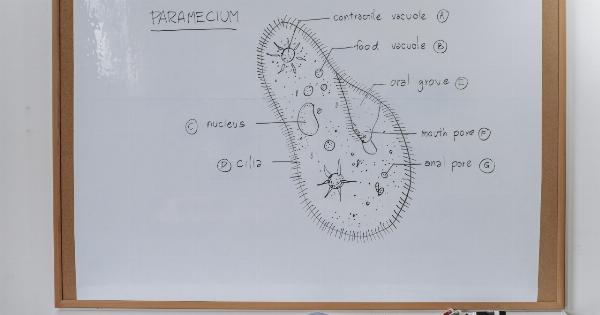Staphylococcus (staph) infection is a type of bacterial infection caused by the Staphylococcus aureus bacteria, which is commonly found on the skin and in the nose of healthy people.
While the bacteria is usually harmless, it can cause a range of infections from minor skin infections to life-threatening conditions such as sepsis, meningitis, and pneumonia. In this guide, we will discuss the various types of staph infection, the symptoms to watch out for, and the treatment options available.
Types of Staph Infection
There are different types of staph infections. The most common types include:.
1. Skin Infection
Staph infections of the skin can cause a range of symptoms such as boils, impetigo, cellulitis, and folliculitis. These infections can cause redness, swelling, tenderness, and pain in the affected area.
The pus-filled boils and blisters can also appear on any part of the body.
2. Food Poisoning
Staph bacteria can produce toxins that cause food poisoning when contaminated food is consumed. The symptoms of staph food poisoning include nausea, vomiting, diarrhea, and abdominal cramps.
These symptoms usually develop within hours of consuming contaminated food.
3. Bloodstream Infection (Sepsis)
A bloodstream infection occurs when the staph bacteria enter the bloodstream and spread to different parts of the body. The symptoms of sepsis can be life-threatening and includes high fever, chills, low blood pressure, and rapid heartbeat.
Sepsis can lead to organ failure and death if left untreated.
4. Pneumonia
Staphylococcus aureus is one of the most common causes of hospital-acquired pneumonia. Symptoms of pneumonia caused by staph infection include fever, cough with sputum, shortness of breath, and chest pain.
Symptoms of Staph Infection
The symptoms of staph infections may vary depending on the type and severity of the infection. However, some of the common symptoms that can indicate a staph infection includes:.
- Redness, warmth, and tenderness on the affected area
- Pus-filled boils, blisters, and abscesses
- Fever and chills
- Nausea and vomiting
- Diarrhea and stomach cramps
- Shortness of breath and chest pain
- Headache and muscle pain
Treatment for Staph Infection
The treatment for staph infection usually depends on the type and severity of the infection. Some of the treatment options available for staph infections include:.
- Antibiotics – for mild to moderate staph infections, oral or topical antibiotics are prescribed. For severe infections, intravenous antibiotics would be required.
- Drainage – for skin infections and abscesses, the pus-filled area may need to be drained using a sterile needle or surgery.
- Supportive care – for severe and life-threatening infections such as sepsis, hospitalization and supportive care are necessary. This may include oxygen therapy, intravenous fluids, and monitoring of vital signs.
Prevention of Staph Infection
The best way to prevent staph infections is by practicing good hygiene. Some of the preventive measures includes:.
- Washing your hands frequently with soap and water or using an alcohol-based hand sanitizer
- Covering cuts, wounds, and sores with a clean bandage
- Avoiding sharing personal items such as towels, razors, and clothing
- Cleaning and disinfecting surfaces that are frequently touched such as doorknobs, keyboards, and phones
If you suspect that you have a staph infection, seek medical attention immediately. Early diagnosis and treatment can help prevent serious complications.





























